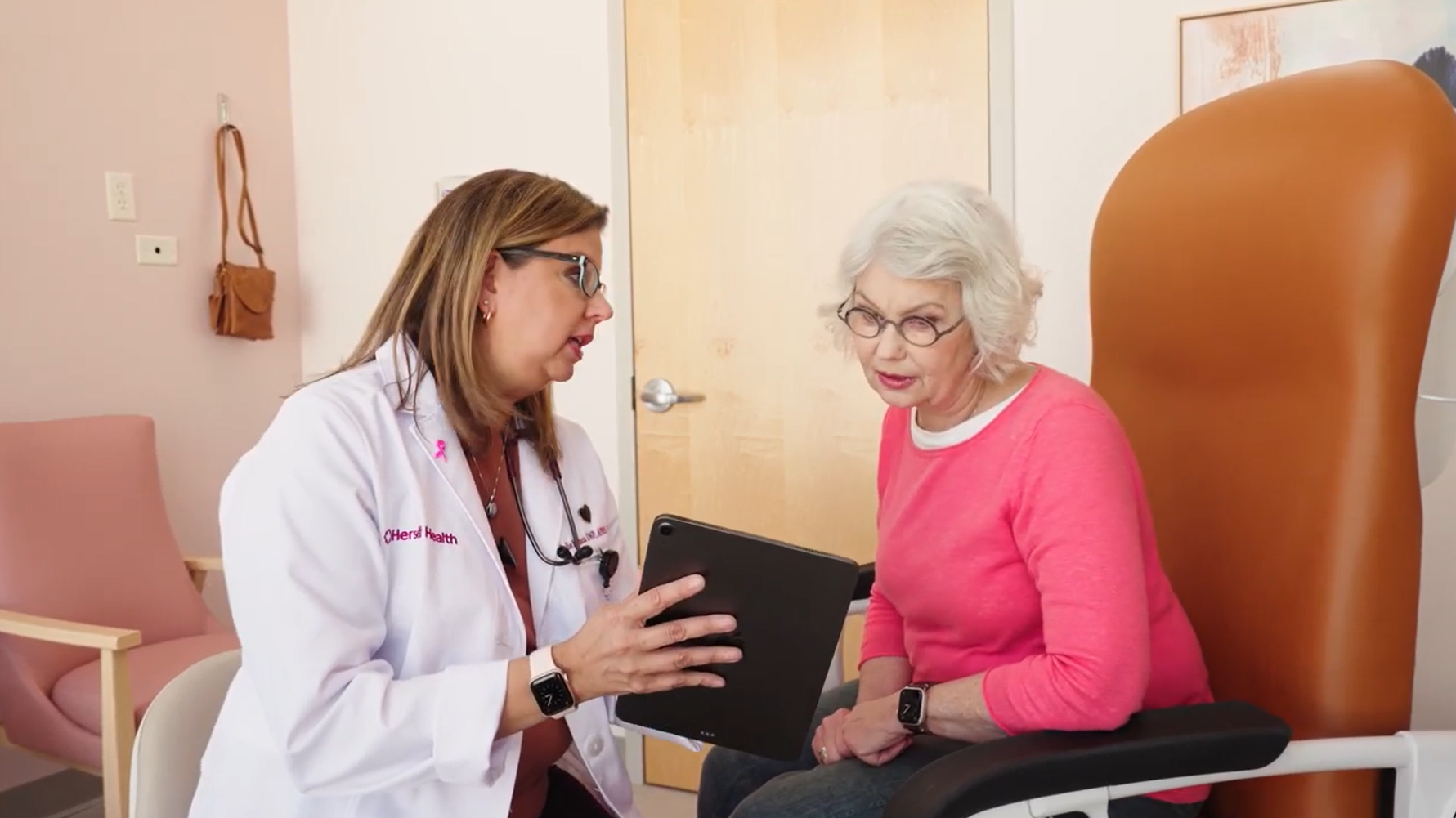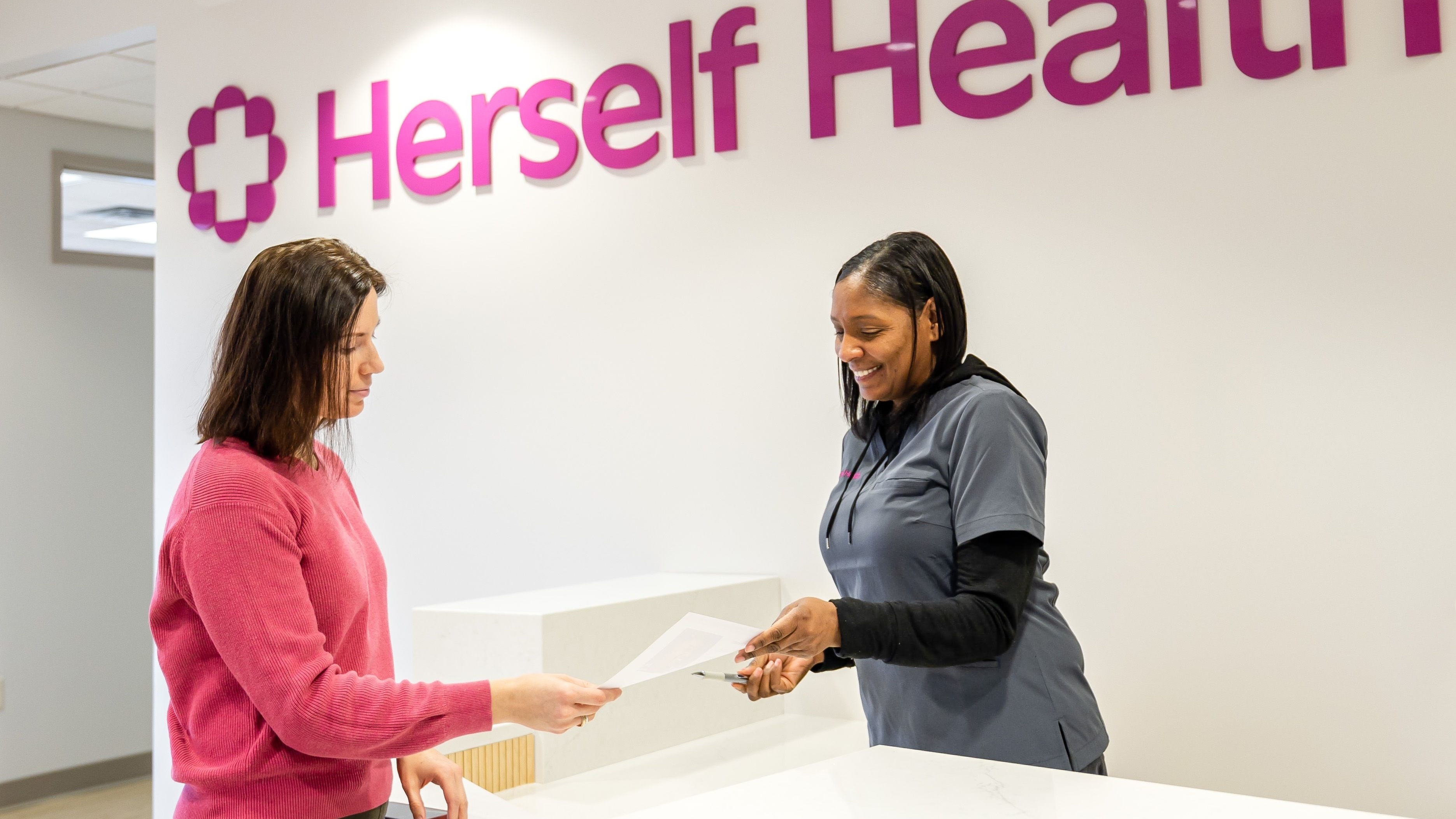Managing Your Heart Health For Women 65+
Our providers work closely with you to manage your symptoms, understand your risk factors, and support you as you take proactive steps towards a healthy heart for women.

Our providers work closely with you to manage your symptoms, understand your risk factors, and support you as you take proactive steps towards a healthy heart for women.


Cardiovascular disease, which includes conditions like heart failure, arrhythmias, and stroke, can often result from changes in our arteries and blood pressure over time. Managing your heart health doesn’t have to be overwhelming—with a comprehensive approach that includes lifestyle modifications, medications, and, in some cases, surgical interventions, we're here to help.
We provide all the necessary medications and treatments for managing cardiovascular disease, but we tailor your care plan based on your health needs, working closely with your provider to determine the best path forward for you.
To lower high blood pressure, which is a significant risk factor for heart disease and stroke.
To prevent blood clots from forming, which can lead to heart attacks and strokes.
To reduce levels of bad cholesterol (LDL) and prevent plaque buildup in the arteries.
To remove excess fluid from the body, which can help reduce blood pressure and treat heart failure.
To prevent blood clots from forming or growing larger, particularly in patients with conditions like atrial fibrillation.
To lower blood pressure by blocking the effects of angiotensin II, a hormone that causes blood vessels to constrict.
To treat abnormal heart rhythms, which can lead to complications such as stroke.
Our Care coordinators play an essential role in helping you reduce your risk of cardiovascular disease by providing personalized care, coordinating healthcare services, promoting healthy lifestyles, and offering continuous support. With the guidance and assistance of a Care Coordinator, our patients can navigate the complexities of managing their health and enjoy a better quality of life while reducing their risk of cardiovascular disease.

Your dedicated provider will get to know you and your unique needs. This will help to frame your health goals so your care team can partner with you to encourage and support lifestyle changes to effectively manage cardiovascular disease.
More fruits, vegetables, whole grains, lean proteins, & less sodium, saturated fats, and added sugars.
Moderate physical activity, such as walking or swimming, can help improve heart health.
Quitting smoking is one of the most significant steps to reduce cardiovascular risk.
Meditation, deep breathing, and yoga can help manage stress, which is a risk factor for CVD.

Each patient will have a dedicated care team—Provider, Medical Assistant, Nurse, and Care Coordinator if needed. Together, they collaborate to build and support a tailored care plan that will address risk factors, manage chronic conditions, and take steps towards a healthy heart.
2004 Ford Pkwy,
St Paul, MN 55116
5200 Douglas Dr N,
Minneapolis, MN 55429
5452 Lyndale Avenue S,
Minneapolis, MN 55419
2401 Fairview Ave N #145
Roseville, MN 55113
2000 Rahncliff Ct 400
Eagan, MN 55122


